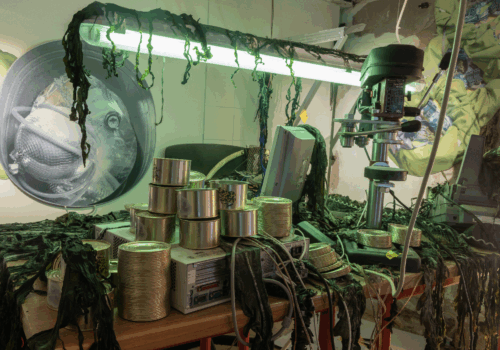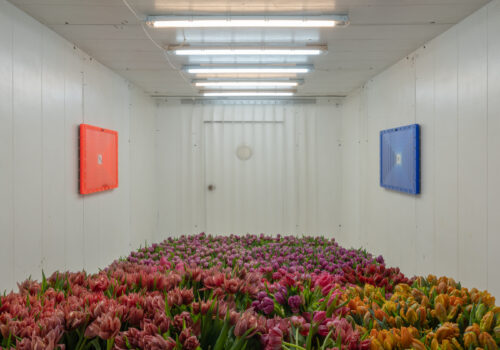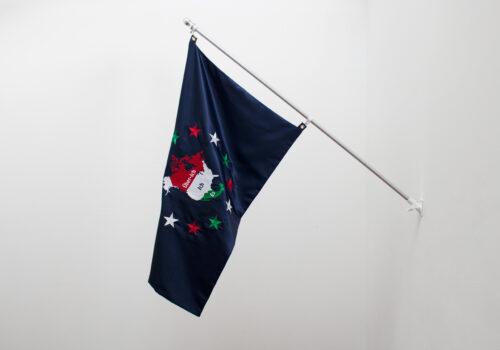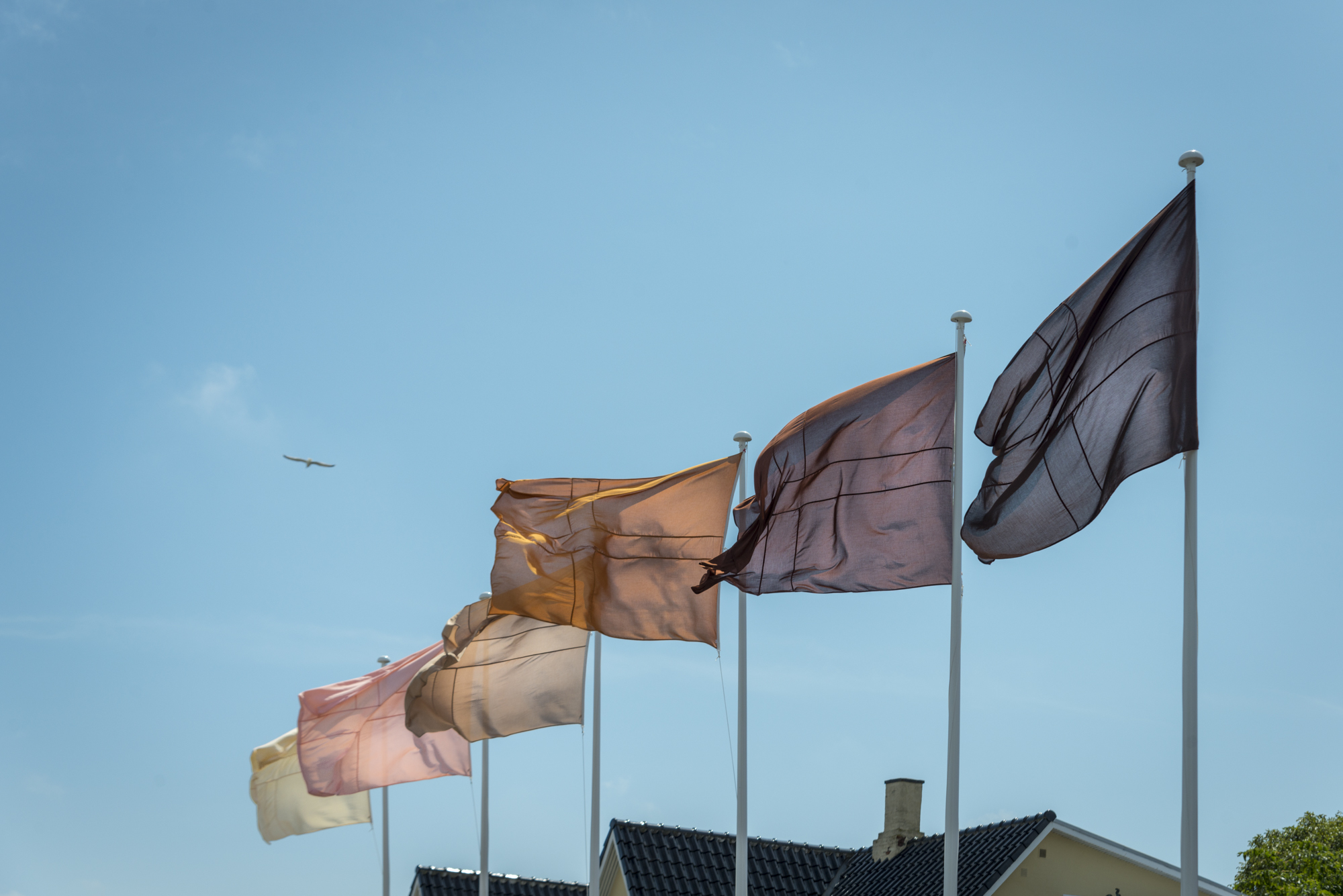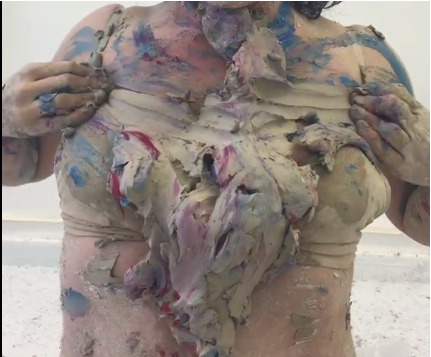ExhibitionJune 4–September 27, 2019
Entanglements: Before and After NAFTA
Opening Reception: Tuesday, June 4, 2019, 6–8pm
In the wake of the recent and tense renegotiation of the three-way North American Free Trade Agreement (NAFTA) between Canada, the United States, and Mexico, the growing humanitarian immigration crisis, and new draconian United States border policies, Entanglements: Before and After NAFTA presents a critical and transhistorical analysis of economic exchange in North America through the lens of contemporary art practices. The featured artists explore a range of issues including links between Canadian mining interests and organized crime, the effects of Big Sugar on the post-NAFTA diet, the necropolitical instrumentalization of populations in service to drug trade, and other entangled undercurrents that are related to this pact. Currency and exchange value, resource extraction, oil trade, raw materials and shifts in agricultural patterns and food sources, are addressed by eleven artists in a complex interrelated multi-media installation marked by objects, symbology, appropriated imagery and audiovisual narratives.
Entanglements: Before and After NAFTA is organized by resident curator Bárbara Perea Legorreta.
Artists in the exhibition are Alejandro Gómez Arias, Gina Arizpe, Patricia Carrillo Carrera, Virginia Colwell, Arcángel Constantini, Iván Edeza, Fritzia Irizar, Jason Mena, Roy Meuwissen, Yoshua Okón, and Miguel Rodríguez Sepúlveda. Of the eleven artists, eight are from Mexico, two from the United States, and one from Canada.
Highlights from Entanglements: Before and After NAFTA include:
Virginia Colwell’s rendering of police chief Arturo “El Negro” Durazo’s mansion provides a point of entry to the intricate relationship between Mexico’s corrupt power structure and the illicit drug trade with the United States, which began in the late 1970s. During the Reagan administration, the CIA brokered several covert gun-running and drug-trafficking operations to bolster guerrillas fighting in Central America for which it relied on Caro Quintero, one of the key operatives in this scheme, who in turn was closely linked to his protector and business associate, the then chief-of-police of Mexico City, “El Negro” Durazo. Durazo amassed a fortune from his illicit dealings, allowing him to build a home modeled on the Parthenon. Incidentally the artist’s father was the FBI agent responsible for Durazo’s eventual capture in Puerto Rico.
Miguel Rodríguez Sepúlveda offers a glimpse into current government structures linked to criminal activity. Using die-stamp letters, he inscribes the aspirational phrase “I do deserve abundance” on one peso coins. The phrase was handwritten hundreds of times in a notebook by the wife of the now jailed former governor of Veracruz and found among their seized possessions, making national headlines. The coins used for the work were issued between 1970-1983, a period roughly corresponding with the presidency of José López Portillo. Under his administration, the peso suffered the first of many devaluations, essentially marking the end of the so-called Mexican Economic Miracle.
Jason Mena’s large canvas composed of bags used by American banks to transport currency and purchased via the informal market, acquires the auratic quality of a shroud imbued with the essence of money. The indexical marks on the raw cotton, evidentiary and quasi-forensic, reconstruct the trajectories of each individual bag, establishing a narrative recounted through stains, creases and seals. The canvas, literally ‘rubbed by money,’ also makes an explicit commentary on value and the art market by creating a metaphor and palimpsest of use-value versus exchange-value through the materials employed.
Roy Meuwissen’s newly commissioned work borrows formal cues from the European Union flag to propose a NAFTA banner emblematic of North America’s three trading partners. It further pairs each country in the block with the Freudian psychoanalytic concepts of Id, Ego, and Superego by playing up the stereotypical associations of each country’s national identity as well as their interrelation laid bare through this association.
Alejandro Gómez Arias’ insignias and crests combine the logos of Canadian-owned mining companies operating in Mexico with the symbols used by cartels they collaborate with for enforcement, protection and other security tasks. The pendant bears a logo designed using imagery from the Jalisco Nueva Generación Cartel and Amarium Minerals Inc., emulating heraldry to signal the marriage of two ‘houses’ in the lucrative resource extraction business.
Entanglements: Before and After NAFTA is curated by Bárbara Perea Legorreta, ISCP Jane Farver Curatorial Resident. She is an independent Mexico City-based curator and writer. Her practice focuses primarily on media and sound art and is grounded in the concept of exhibition making as a platform for critical thinking. Core aspects of her practice include transdisciplinarity and fostering dialogues between media art, contemporary practices and audiences. She is interested in listening practices and perceptual phenomena in relation to art.
This program is supported, in part, by Greenwich Collection Ltd.; Hartfield Foundation; Jane Farver Memorial Fund; Lambent Foundation Fund of Tides Foundation; New York City Department of Cultural Affairs, in partnership with the City Council; New York State Council on the Arts with the support of Governor Andrew M. Cuomo and the New York State Legislature; and Stavros Niarchos Foundation (SNF).


